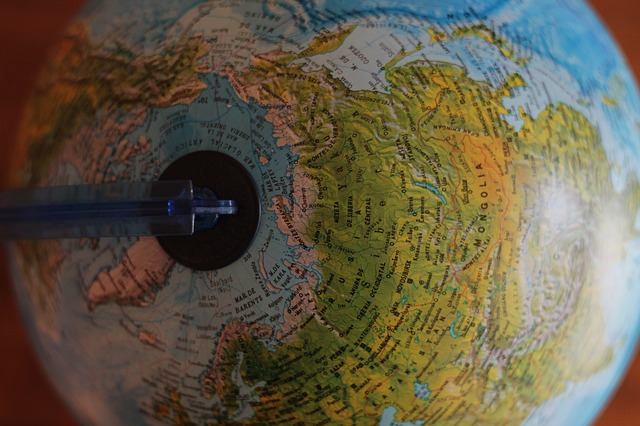The Geography and Diversity of Indigenous Languages Across the World
There are thought to be almost 7,000 living languages spoken across the planet today. Only 6% of that number have more than one million speakers each, accounting for around 94% of the world population—a vastly disproportionate number.
So what about all these other languages that don’t top popularity lists or language-most-essential-to furthering-your-career ones? They might not be in the magical 6% mentioned above, but that doesn’t mean they aren’t important. So for that matter, let’s hear it for the indigenous languages of this world, and take a look at where we might find them.
Photo via Pixabay
An uneven spread
Those 7,000 living languages mentioned above are not evenly distributed across the planet. The most dense concentration of languages is to be found in tropical regions—vastly more than you will find in temperate zones—and even in those tropical regions there is a wide language diversity.
Let’s put some numbers to these statements so the picture is clearer.
New Guinea, the world’s second largest island after Greenland, is home to around 900 languages. To help put that into perspective, Russia, which is more than 20 times larger than New Guinea, has only 105 indigenous languages—although that fact is enough of a surprise in itself!
Across Vanuatu’s 80 islands, where there is a total population of approximately 250,000, 110 languages are spoken. But in Bangladesh, with a population around 600 times greater, only 41 languages are spoken.
And as a final comparison, there are around 400 aboriginal languages spoken across Australia, which may be a shock for anyone who considers Australia to be an English-speaking country only. To compare it to another place that is thought to only have an English tongue—the British Isles—the number of indigenous languages totals a tiny ten (English, Scots, British Sign Language, Welsh, Gaelic, Irish, Cornish, Manx, Angloromani, and Shelta, if you were wondering).
Language diversity and density then, we think you will agree, has no consistency.

Photo via Pixabay
Why so many languages?
And maybe a better question; why are the languages dispersed as they are?
The usual factors that are considered are logical. Cultural differences, wars, geographical division such as mountain ranges or oceans. Yet it seems a surprisingly few number of studies have been conducted to try to figure this puzzle out.
Ecologists Thiago Rangel and Robert Colwell have developed a simulation modelling technique for studying species diversity patterns, something has that never before been done for human populations. So in the first study of its kind, the first model simulation for language distribution was carried out to look at the diversity of aboriginal languages in Australia.
Of the 406 aboriginal languages found in Australia, a much higher proportion was found to the north and and along Australia’s coast than in central regions—logical, perhaps, since this area is predominantly desert.

Photo via Wikimedia
Modelling
The model had three assumptions. One, populations will move where there is space to occupy. Two, rainfall will limit where the number of people live in a place. And three, human populations will reach a critical, maximum size of sustainability. Based on those assumptions, the model generated almost exactly the same geographical distribution of languages seen across Australia. Success!
Applying these same assumptions with models elsewhere in the world do not produce the same patterns, however. There are other factors to consider such as topography and distribution of key natural resources, as well as anthropomorphic influences like war and politics. The model is a good start, but more complexities need to be built into the program if we are ever going to get an accurate explanation for the distribution of languages (and of course, why there are so many).
Rarities
So, if we haven’t managed to untangle this linguistic mystery, can we at least identify some of those rare languages?
But of course!
Here are five of the rarest languages found in the world:
Njerep, a Bantoid language spoken in Nigeria, with only four known speakers remaining.
Chemehuevi is a Uto-Aztecan, Northern Uto-Aztecan, Numic, Southern language that is mainly spoke in the Midwest of the United States, as well as some parts of the western coast. In 2007 there were thought to be three remaining speakers of Chemehuevi.
Lemerig, spoken in the Vanuatu island of Vanua Lava Island, has only two people left that can speak the language fluently.
Kaixana, with only one known living speaker, used to be spoken in a village near the banks of the Japura River in Brazil; it is critically endangered and expected to become extinct.
And finally, Taushiro, a language of Peru, is spoken only along the banks of the Tigre River. It is a language isolate, showing no known relation to any other language. Like Kaixana, it is expected to soon become extinct.
Whilst we are no closer to understanding the geography and diversity of languages, we do hope we have piqued your linguistic interest!



